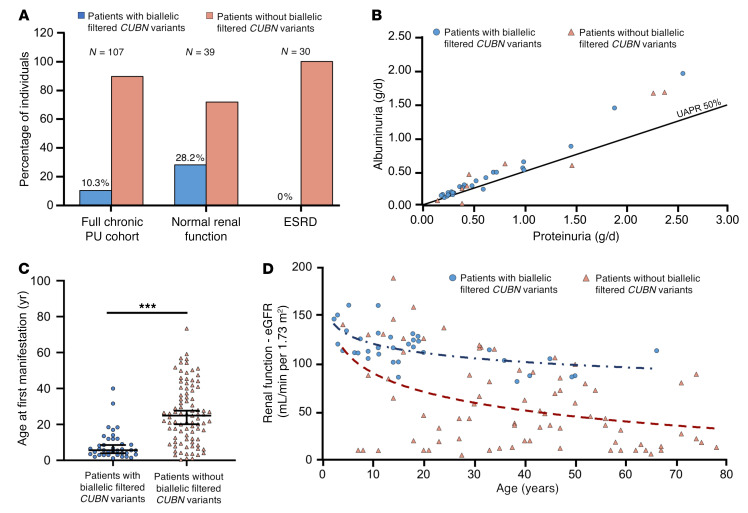Figure 4. Clinical and biological profiles of patients carrying biallelic filtered CUBN variants.
(A) Proportions of carriers of biallelic filtered CUBN variants in the chronic PU cohort (n = 107), when considering only patients with normal renal function (eGFR >60 mL/min per 1.73 m2, n = 39) or only patients with ESRD (eGFR <15 mL/min per 1.73 m2, n = 30). (B–D) Patients with biallelic filtered CUBN variants from the 3 cohorts (genetic kidney disease cohorts I and II, chronic PU cohort) were merged into the group of patients with biallelic filtered CUBN variants. (B) The UAPR is plotted for patients with (n = 27) and without (n = 9) biallelic filtered CUBN variants. As a general rule, glomerular proteinuria is characterized by a UAPR above 50%, whereas tubular proteinuria was below 50% (7, 43). (C) Age of first manifestation of proteinuria for patients with (n = 38) and without (n = 88) biallelic filtered CUBN variants. Data represent mean values ± 95% CIs. ***P < 0.0001, by t test. (D) Renal function of patients with biallelic filtered CUBN variants (n = 35) was found to be declining according to normal aging, whereas in patients without biallelic filtered CUBN variants (n = 79), the decline was more rapid. Renal function (eGFR) was calculated using the Schwartz formula for children and the CKD-EPI formula for adults. The blue and red dashed lines represent the logarithmic trend curves for both groups.

